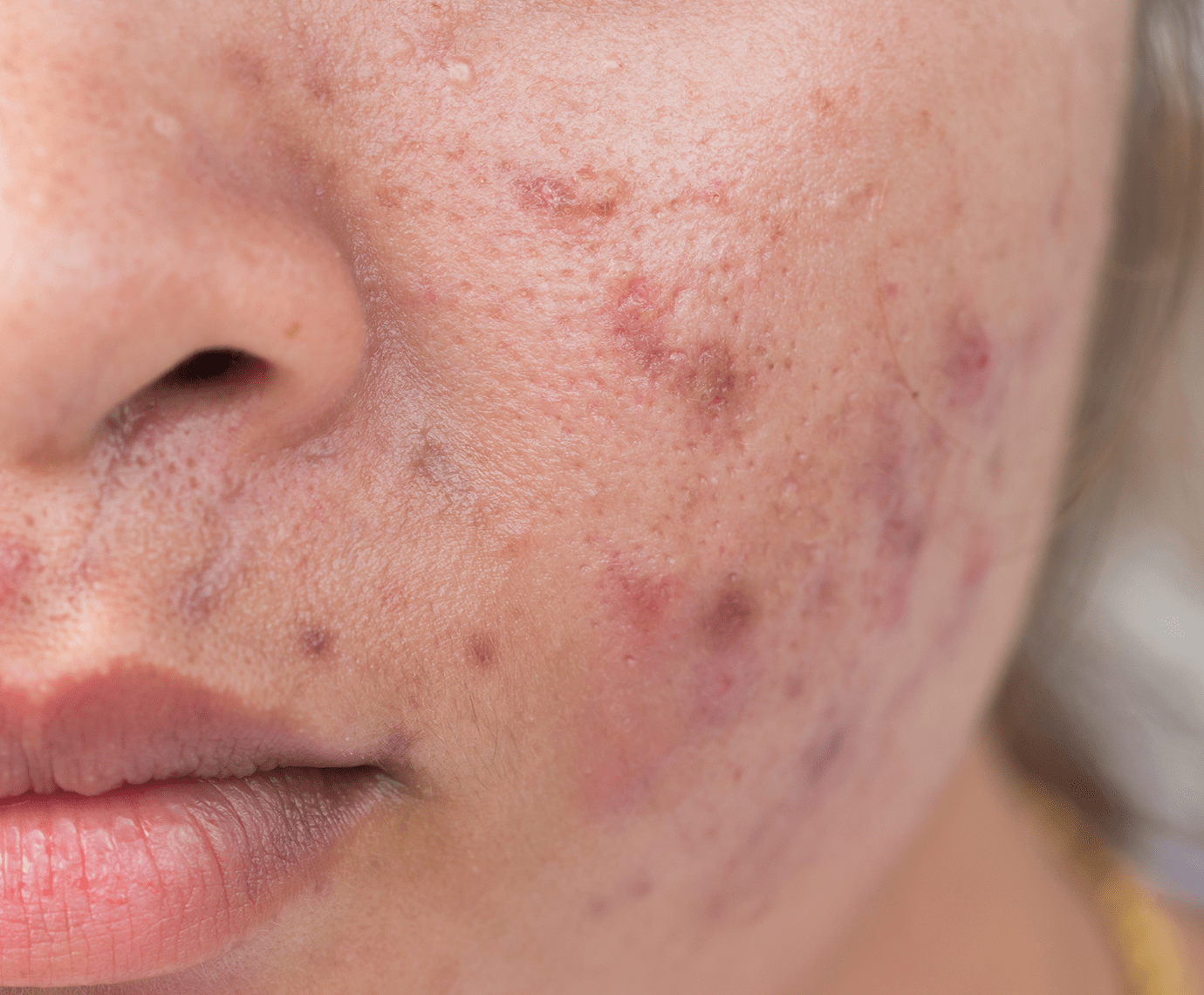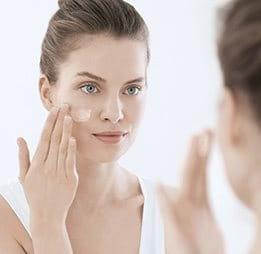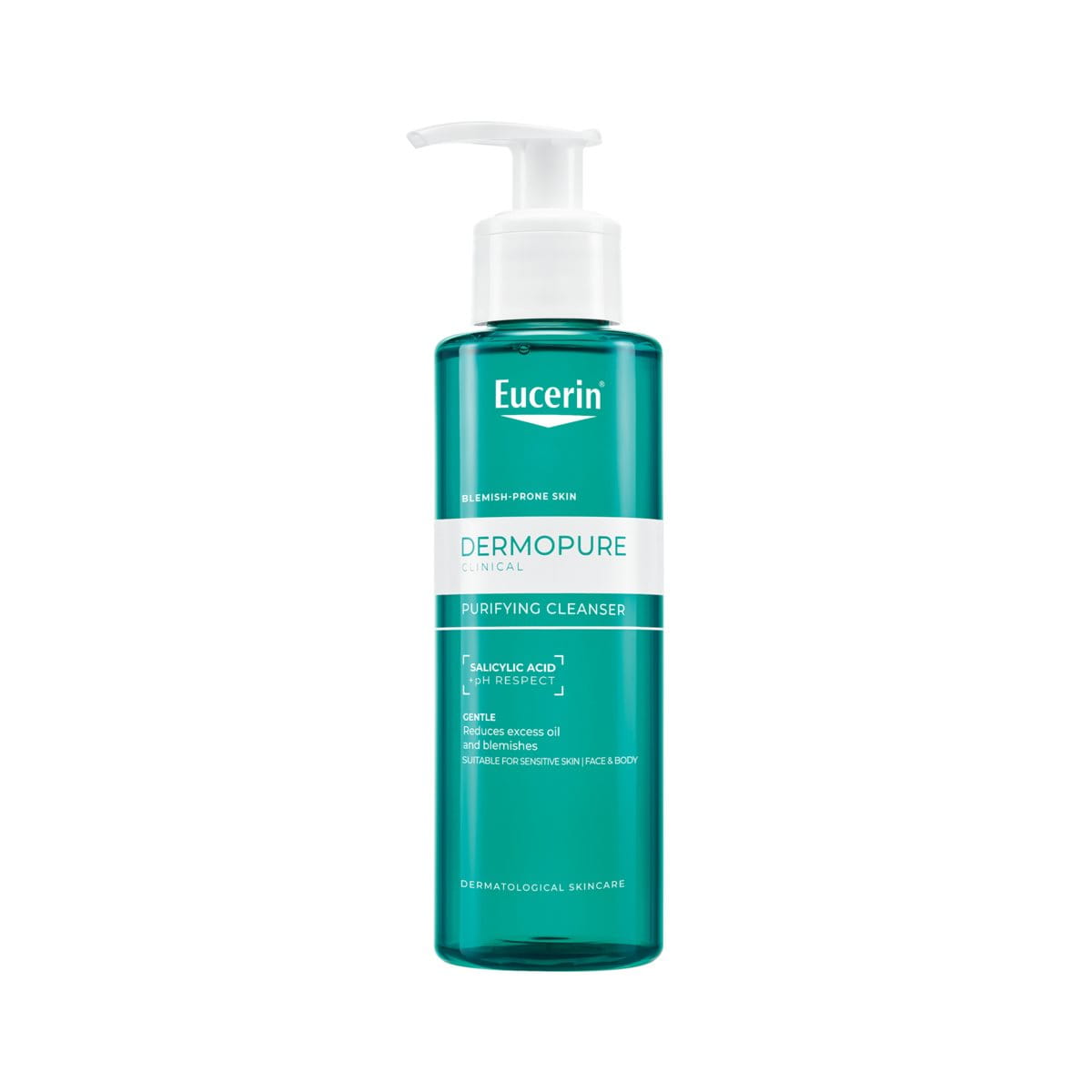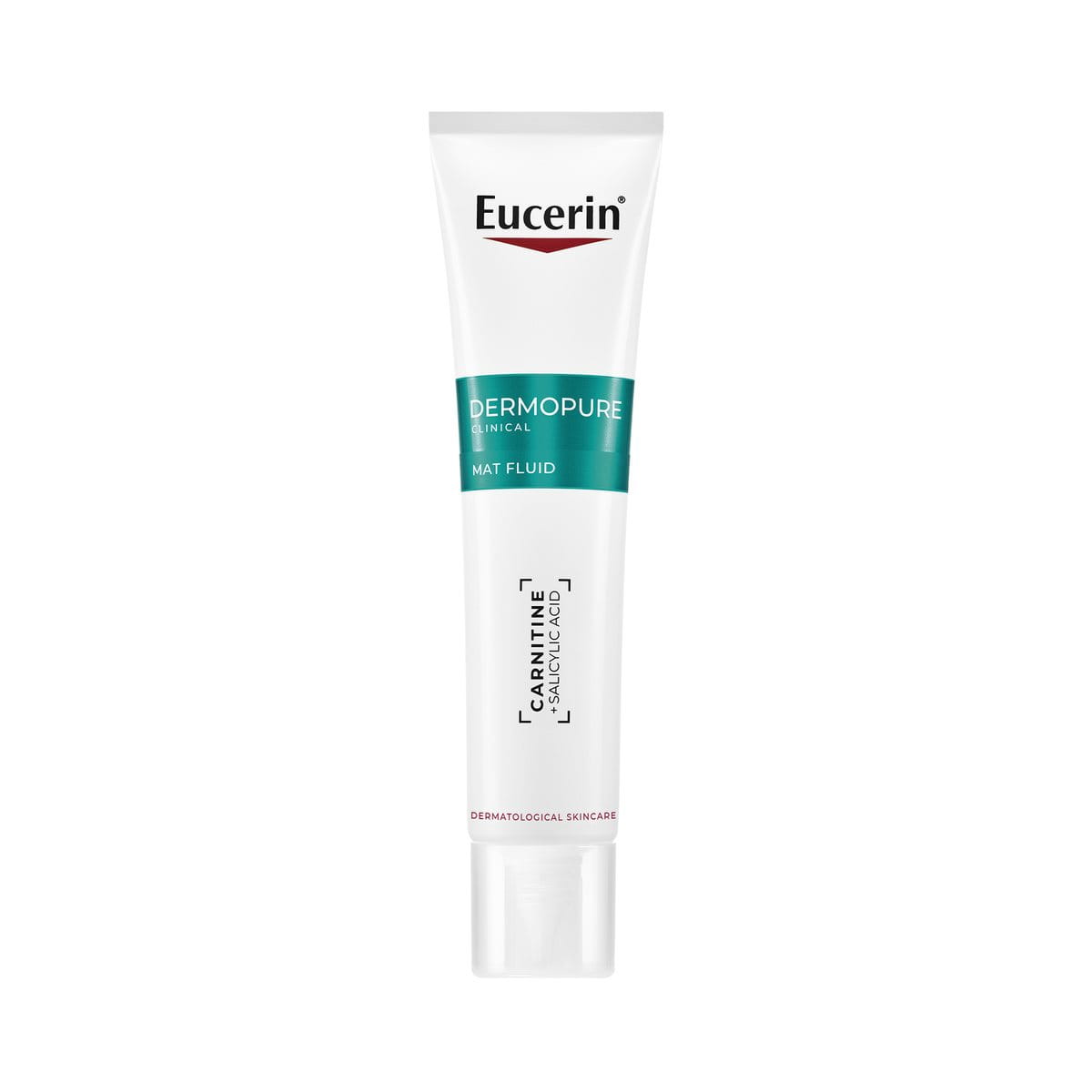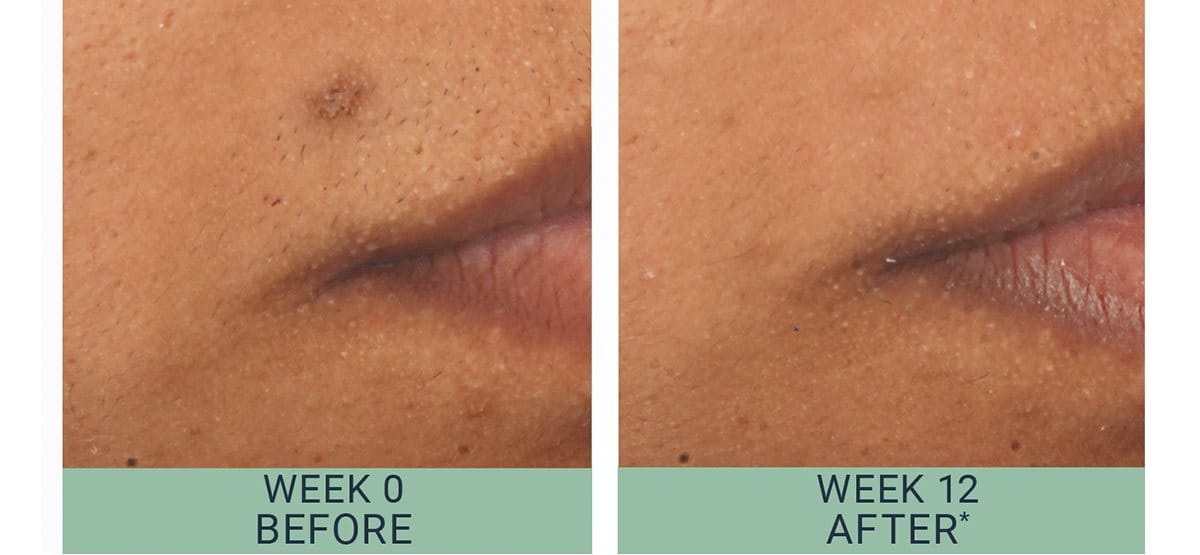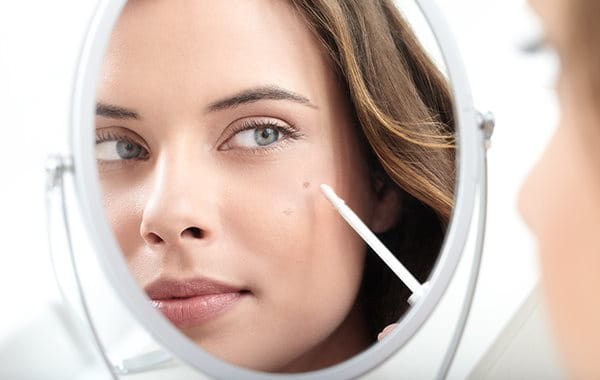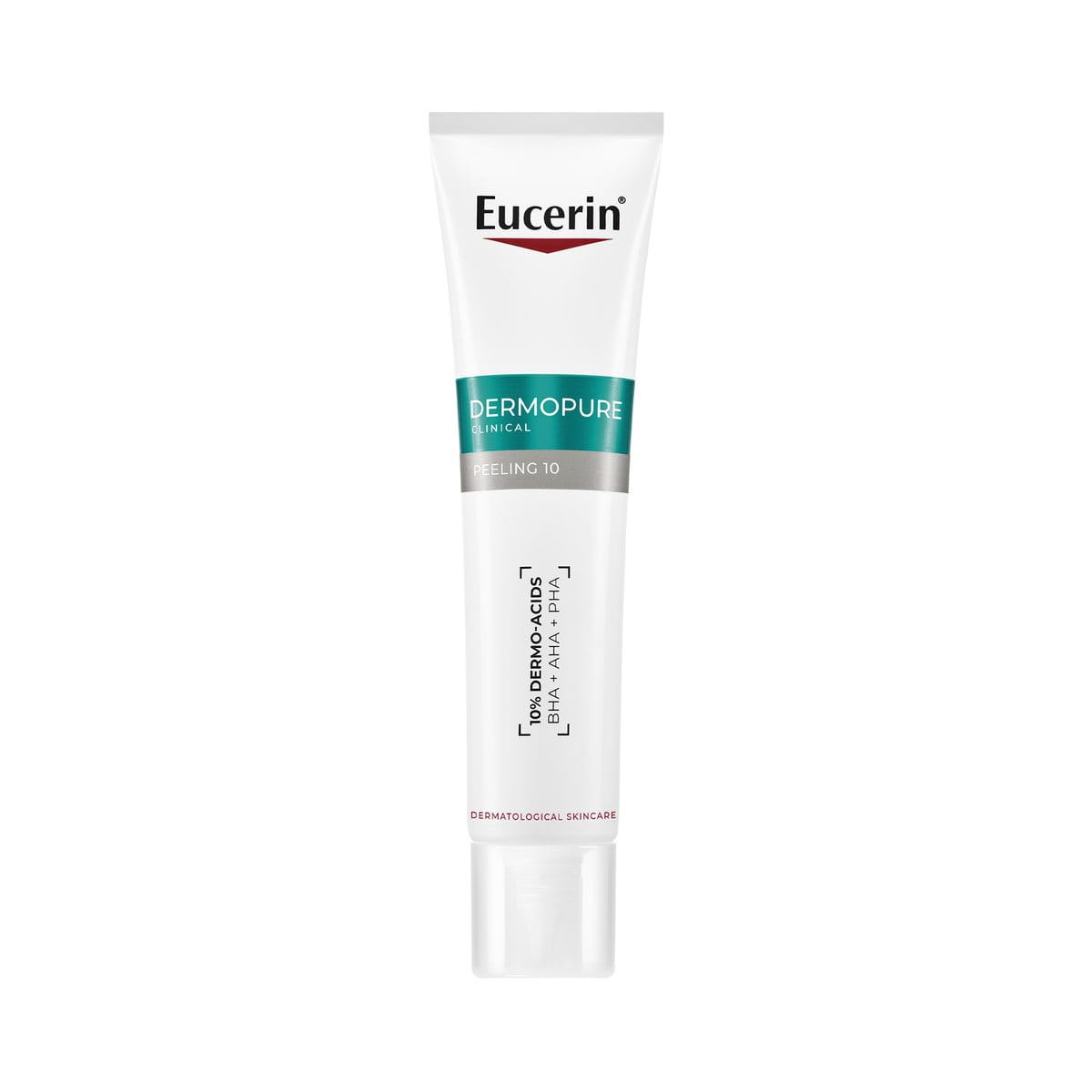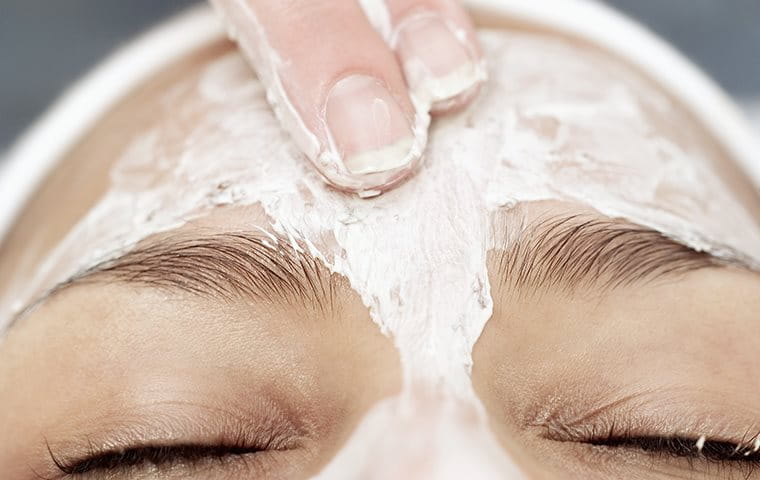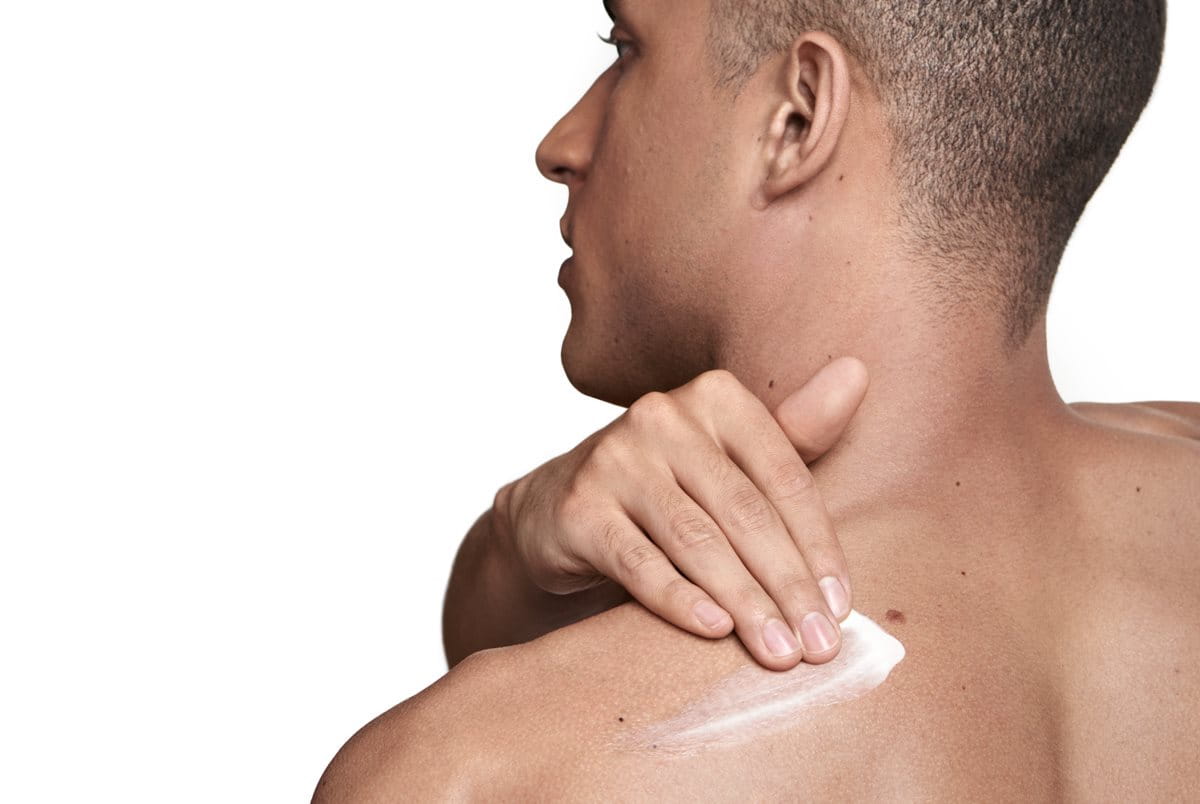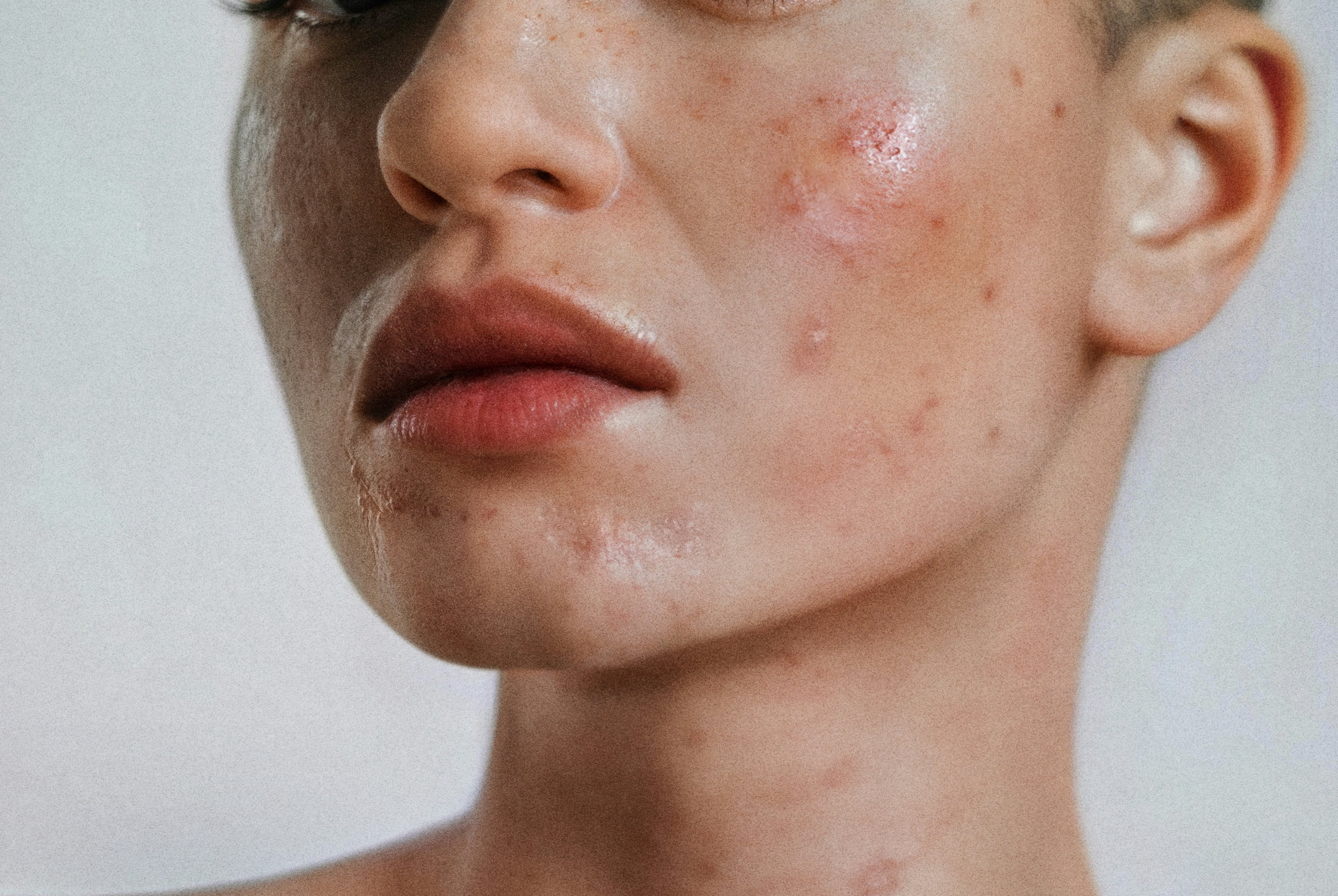Published: April 2022
Last Reviewed: May 2025
It seems unfair but, for many people, even after blemishes have healed, their skin still bears the signs of acne. One of these signs is pimple marks caused by post-inflammatory hyperpigmentation.
Thankfully, there are options available for reducing the appearance of pimple marks. This article looks at the different measures you can try and also explains how the pimple marks come about in the first place.





